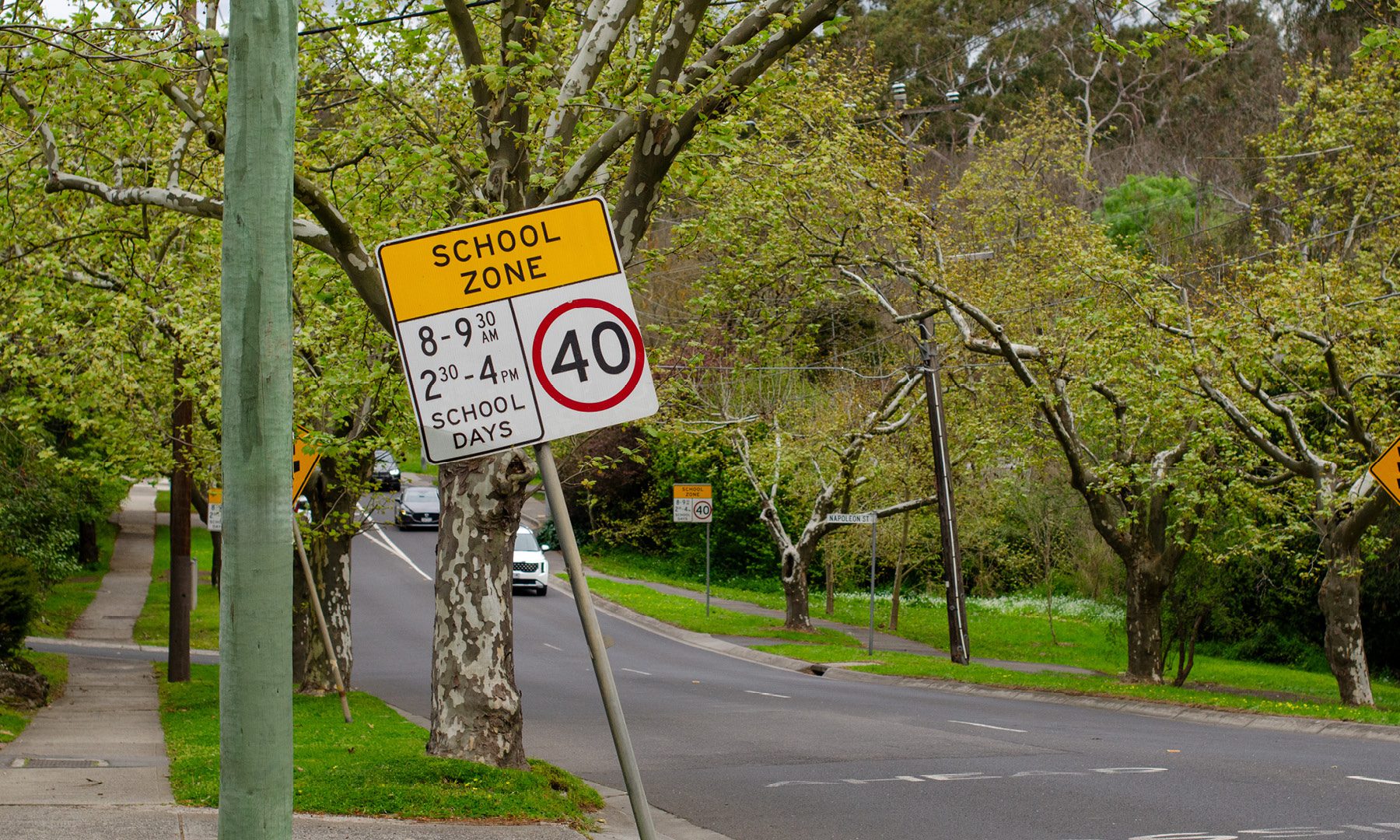
From local schools to nearby transport options, there are a number of factors that influence the overall value of a property.
When buying a property, it’s easy to focus solely on the house or apartment itself. While the layout, size and condition of the place you choose are important, outside factors can impact your lifestyle as well as future property value and overall satisfaction.
Here’s a closer look at what to explore at outside the four walls of your new place before you put in an offer:
Local amenities
If you have children or plan to start a family, being near quality schools and childcare facilities will be an advantage. Homes in catchment areas for leading schools are often highly sought after and tend to hold their value over time. Even if you don’t have children, this proximity can make your property appealing to future buyers.
Research the performance and reputation of nearby schools, and check if the property falls within the catchment zones for your preferred options. Easy access to childcare centres is another benefit, as it can reduce your morning commute.
If children aren’t part of your future, think about what else is in the neighbourhood. Is there a cafe within walking distance and somewhere to grab a couple of litres of milk? How far away are the local medical centres, shopping centres, gyms and parks? These all contribute to the overall desirability of the property.
Future infrastructure plans
Infrastructure development can affect the value of your home. Major projects, such as new roads and tunnels, train lines or shopping centres, can make an area more attractive to buyers and investors. However, a change in density zoning that brings a lot of new homes to the area in a short period of time may have a negative impact.
Check local council plans and government announcements to see if any upcoming projects could increase the value of the property you’re considering.
Proximity to main roads
Being close to major roads has its advantages and disadvantages. On the one hand, good road access makes commuting easier and more convenient. On the other, properties too close to busy roads may experience noise pollution, reduced privacy, and air quality concerns.
Strike a balance by looking for a property with easy access to main roads without being directly adjacent to them. A visit during peak traffic hours can help you determine how the location is affected by congestion or noise.
Public transport options
Access to reliable public transport is a priority for many buyers. Train stations, bus routes and ferry terminals can make commuting cheaper and less stressful while reducing dependence on a car.
If public transport is important to your lifestyle, ensure the property has a bus stop or train station within a reasonable walking distance or a very short drive. Check schedules and services to confirm you’ll be able to get to work on time. When the time comes to sell, your buyer will be thinking about this as well, so have a long-term perspective in mind.
Tips for evaluating external factors
- Visit multiple times: Explore the property at different times of day and on weekends to get a complete picture of the area.
- Check future plans: Review council websites and development applications to understand how the area may evolve.
- Check out the neighbourhood: What impression do the neighbouring houses give of the area.
- Get an insurance quote: This can provide insights into how safe the area is
- Consider your lifestyle: Align the property’s location with your daily habits, whether that means being near shops, public transport or recreational facilities.
Finally, talk to your local real estate agent. Property professionals understand the value of a property based on dozens of factors, including the interior of the home, its location, size and orientation, the neighbourhood and the current market conditions. Ask about what makes one place more valuable than another, so you have a better idea of the offer you should put forward.







